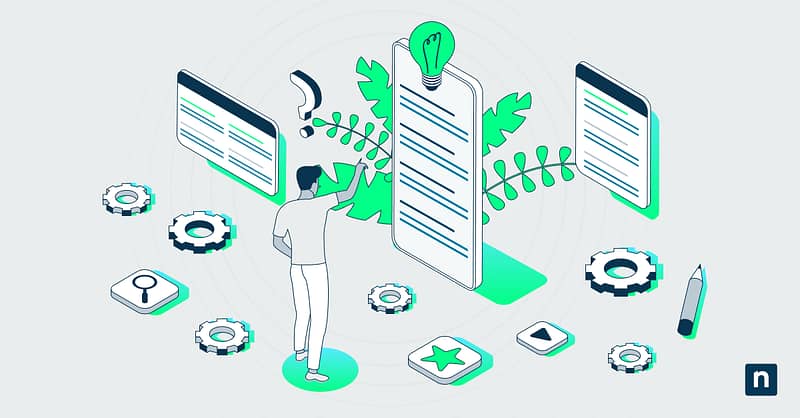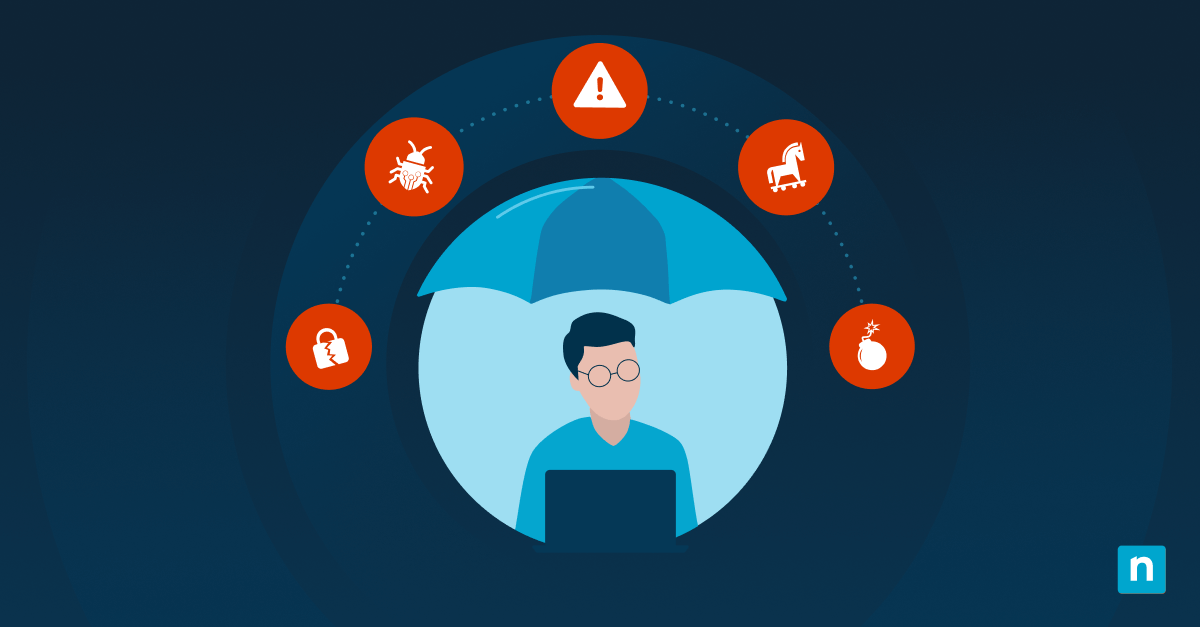IT management varies widely, depending on the organization, industry, or scope of business. In some organizations, individuals assigned to endpoint computing and user management spend 50% of their time on rote, repetitive tasks like patching, ticketing, and standard device maintenance. At the other end of the spectrum, you have teams that have invested deeply in automation. They’ve started leveraging AI to approach autonomy around endpoint management, only spending 10-15% of their time on the basics. That’s a huge level of disparity — one that has real consequences.
For IT operations to take on a more strategic role in driving growth, engagement, and retention within organizations, it’s critical for teams to operate closer to that 10-15% mark.
Modern endpoint management – too many tasks, too little time
Seventy percent of employees are using four or more endpoint devices each day. Moreover, IT teams are expected to support more end users with higher digital experience expectations than ever before across a wide swath of devices. Then there’s the expectations from leadership to do more with less as inflationary pressure rises. In a time where IT is a critical instrument of ongoing organizational improvement, the stakes have never been higher.
Adobe found that 70% of employees would be willing to switch jobs for better technology tools. We’ve all been there: your computer goes down unexpectedly just before the end of day, or you have to wait 30 minutes to get access to a document for a meeting taking place in 10 minutes – there’s no worse feeling.
The good news? AI and advanced automated endpoint management capabilities present opportunities for respite. They can serve as a critical means for helping chronically short-staffed and overworked IT pros do more with less, get more hours back in their days, and drive better end-user experiences across the board. When it comes to endpoint management specifically, here’s where automation can help.
Doing a whole lot more with less
The things that take up the most time in endpoint management are activities like device onboarding and off boarding, endpoint configuration, patching, device maintenance, and software deployment. These are opportunities ripe for automation. And it’s not just theory.
At a basic level, AI is already having a positive impact on streamlining IT operations. According to ESG, 56% of organizations have seen streamlined IT support due to AI assistant-led self-service. Leveraging generative AI to aggregate sentiment analyses and make informed recommendations on processes like patching has proven beneficial for driving forward organizational resilience efforts — streamlining security while boosting productivity.
At a secondary and more advanced level, there are more complex large-scale automations that organizations can pursue. Eventually, there will even be real autonomous endpoint management as technology and architecture mature.
That said, a lot of people still don’t have tools suitable for automating level 1 aspects. Not to mention that using automation to streamline tasks and improve efficiency starts with building a culture that embraces and leans in around innovation and AI. A culture that sees it as an opportunity for growth and experimentation, bolstered by leadership that regularly invests in technology and supports and celebrates emerging use cases. Having a culture that champions innovation is critical. Otherwise, how can organizations expect to improve?
But going back to tooling, not all AI-enabled technologies are created equally. Especially when it comes to leveraging automation to simplify and reduce endpoint management processes, it’s important to start small and then bridge into larger adoption plans and more strategic use cases. AI should be leveraged thoughtfully, and used to augment your existing teams, tools, and processes, so the tech works for you, not just around you.
Automate smarter with NinjaOne
NinjaOne is trusted to help thousands of global organizations automate the hardest parts of IT – increasing productivity, reducing security risks, and lowering IT costs in the process. See how NinjaOne can help your organization build a more effective endpoint management strategy.








